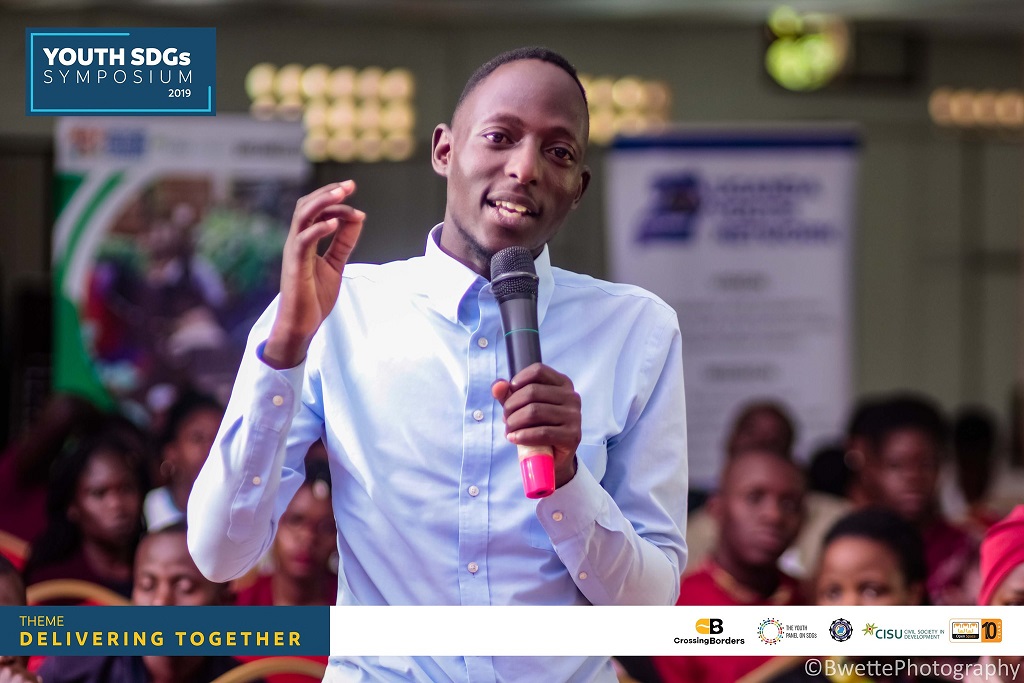
MBARARA – In Uganda, on Tuesday 28th April, 2020 the Parliament of the Republic of Uganda voted for the creation of 15 new cities in the country. With a majority of 312 votes out of 313, MPs voted for resolution of Parliament on alteration of boundaries under Article 179(1) A of the constitution and declaration of cities under section 7(2)(a) of the Local government Act. Out of the 15 cities, Seven (7) of them were to start in the financial year 2020 effective 1stJuly 2020 and these were; Fortportal, Mbale, Gulu, Arua, Jinja, Masaka and Mbarara.
The night of 30 July found very many people who live and hail from the Seven newly approved cities excited for having turned into Cities. Despite being in a lockdown and hampered by Ministry of Health guidelines on combating COVID-19, the excitement did not stop as many took it to social media to celebrate this milestone achievement. In some places such Fort Portal locals had requested to blow fireworks but were stopped by authorities in observence of the guidelines. Hashtags such as #OruremboMbarara were seen trending on social media such twitter and facebook as people welcomed the City status of their towns.. Mbarara City is among the new Cities.
In Arua City WestNile Youth Network together with Youth Line Forum organised a virtual meeting which took place on zoom, this meeting started at 10pm and went up to Midnight. Participants in this meeting were discussing on what next after Arua has officially become a city. Different stake holders were discussing which opportunities are available for youth Uganda’s majority population and women.
The Sustainable Development Goals (SDGs), otherwise known as the Global Goals, are a universal call to action to end poverty, protect the planet and ensure that all people enjoy peace and prosperity. The 2030 Agenda includes 17 goals, 169 targets and indicators that constitute major challenges in terms of technical and institutional capacities. The means of implementation for the Agenda include financing, technological innovation and capacity building. SDG number 11 provides that by 2030 cities should be inclusive, safe, resilient and sustainable for people to live in.
The creation of the newly approved Cities means that the problem of urban primacy will be solved. For a long time there has been over-concentration of activities in regard to administration, business, trade, industrilisation in Kampala which as left other urban centres overlooked and under utilized.
The future of Uganda’ cities is closely tied to their macroeconomic and political environment, and hence to the choice of investments and partners. Over the past decade, many African cities have emerged as places of hope, opportunity, and economic growth relative to their rural hinterlands. This presents the newly approved cities as an opportunity that should be grabbed by young people and women whose influence in decision making in many sectors has remained minor.
It is widely assumed that most Uganadans reside in rural areas, meaning that urban centres make little economic sense and are unusually violent because of so many unemployed young people who live there, and that urban migrant youth can be drawn back to their former rural homes.
The pressures and dangers facing male and female youth can be extreme, yet at the same time these newly created cities can be stimulating places that provide opportunities for re-invention for many urban youths. According to the World Bank, youth are 40% more likely than older generations to move from rural to urban areas or across urban areas. The contextual case is that in Uganda today, slum dwellers make up more than 55% of the country’s urban population, and the vast majority of them are under the age of 24. With young people looking to cities for work it is clear that the face of urbanization is a young one. As young people continue moving to these urban centres, the rates of unemployment are on the rise, those working are mainly in the informal sector and a majorly hand to mouth survivors.
Accomplishing an inclusive urban agenda requires the active engagement of key actors such as central and local governments; academia; civil society organizations; private sector; micro, small, and medium-sized enterprises; the informal non-corporate sector; social movements, among others in order to transform the existing policy priorities into palpable and sustainable actions.
The writer is a Lawyer and Advocacy and Communications personnel at Youth Line Forum





